Halloween II (1981) 35 Years Later – A Worthy Companion Piece to the Original or Not? Part 1 of 2: The Original

John Carpenter’s original 1978 theatrical version of Halloween is best viewed as a singular work rather than part of the franchise it spawned. Beginning with Halloween II, that first film’s elements became more and more tainted as the series went on.
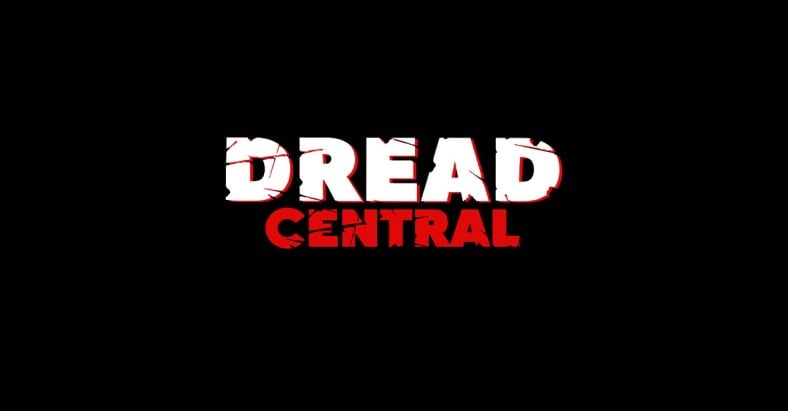
As far back as I can remember, I have actually been watching both movies as a double bill every Halloween, but I find it is best to watch the extended cut of the original doing that. During the production of this sequel, Carpenter filmed 12 minutes of additional footage consisting of three new scenes. The intention of this extra material was to fill the 2-hour time slot for the domestic TV premiere of Halloween in October 1981.
Despite the filmmaker’s dislike of these newly inserted scenes, much like his dislike for this follow-up that he deemed unnecessary, he used this opportunity with the last two of these new scenes to bridge the original a bit closer to this companion piece depicting “More of the Night He Came Home.” This was in respect of its new narrative idea with the revelation that Michael Myers and Laurie Strode are in fact siblings and he has returned to Haddonfield to finish the job he started 15 years ago when he murdered his older sister, Judith.
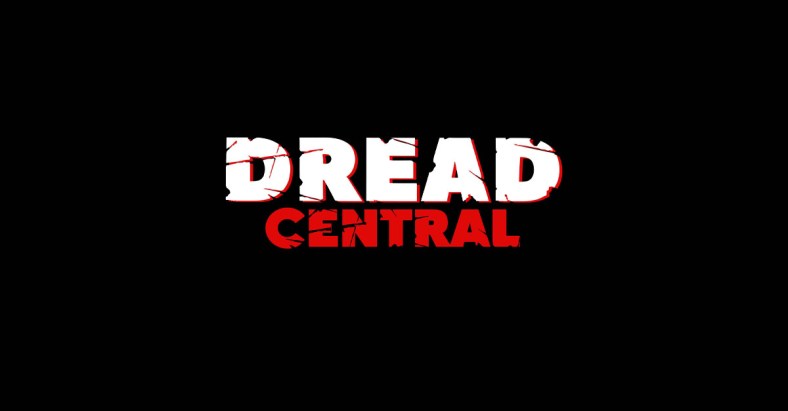
Watching John Carpenter’s definitive vision of the first film – the theatrical version – together with this sequel makes for a confused narrative experience…
This excerpt is taken from a BBC interview with Carpenter in 1999 for the 21st anniversary of the movie’s release conducted by critic Mark Kermode (you can watch the full interview below):
Kermode: “There is also a confusion in Halloween II in which there’s a relationship developed between Michael and Jamie Lee Curtis’s character which apparently justifies why he’s after her, but the point is there isn’t any reason why he’s after her.”
Carpenter: “Well you know, that was the sequel. I didn’t want to direct it and I got forced into writing it; and look, it was 2 o’clock in the morning, I had a six-pack of beer, and it was the only idea I could think of.”
[youtube https://www.youtube.com/watch?v=9ormRhvmrIQ]
In a key scene of Halloween, Laurie goes to the empty Myers house on the way to school to drop off the keys for her estate agent father. She is accompanied by little Tommy Doyle, whom she meets along the way and is babysitting that night. Michael sees them from inside and fixates on Laurie… and Tommy. While it is feasible The Shape sees a resemblance of Judith in Laurie and he sees himself as a boy in Tommy, John Carpenter is establishing here that even the most mundane daily routines in our lives can land us in mortal danger. This is a frightening thing in itself.

When one of Laurie’s friends, Annie, shouts out something rude to Michael Myers as he is stalking Laurie while driving the station wagon he escaped in from Smith’s Grove Sanitarium, he mostly changes his focus towards Annie for the next half-hour of the runtime, except when stalking Laurie in the backyard of her home. At the start of the third act after murdering Annie when Laurie’s other friend Lynda and her boyfriend Bob turns up at the Wallaces’ house where Annie was babysitting, Michael turns his attention to them. Laurie is not attacked until she leaves the Doyles’ house to walk over to the Wallaces’ house to investigate after having a phone conversation with Lynda in which Laurie hears her being strangled and the contact is broken off.
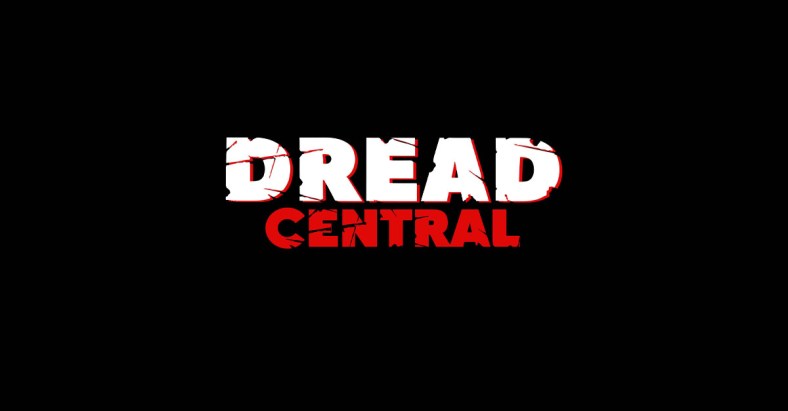
Just before Laurie is attacked, she discovers Annie’s body spread out on a bed in front of Judith Myers’ tombstone. If Laurie and Michael are siblings, then why did he not reserve for his younger sister the bed with the tombstone of his older sister? Instead, he chose one of Laurie’s friends who shouted at him calling him a jerk. Myers went over to the Wallaces’ house to kill Annie for this reason. It does not sound like the behavior of a psychopathic killer focused solely on murdering his remaining sibling when she is easily reachable for him just over at the opposite house; he knows where she is but he does not for once during the whole night go over to scope her out.
These are the acts of a deranged lunatic wanting to relive a previous crime over and over again by using whoever comes across him to serve his homicidal repetition. If Laurie had never gone over to the Wallaces’ house, she could well have been spared a knife attack by The Shape and he could have found another victim to stalk n’ slash on his homecoming night.

One of the many great scary elements of the original film is the antagonist’s lack of motivation; there is very little backstory and exposition to Michael Myers. One Halloween night six-year-old Michael from a middle class suburban family decides for no reason whatsoever to stab to death his older sister. Fifteen years later, he comes out of his state of catatonia and escapes his incarceration in a mental hospital to return to his small hometown to relive his crime. That fateful day doing a simple everyday kind of favor for her father, Laurie became just one of Myers’ targets in trying to fulfill his obsessive goal of rekindling that one specific moment in his life that is his sole driving force. Laurie’s friends then come to his attention while he is stalking her, giving him the opportunity to relive his crime repeatedly.
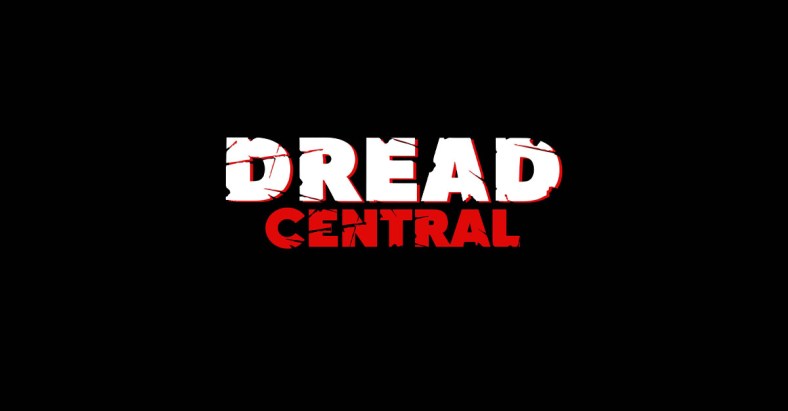
The aforementioned extended TV cut does a decent enough job trying to make the siblings revelation in Halloween II a bit more feasible. In the second of these three scenes after The Shape has escaped Smith’s Grove, his pursuing psychiatrist, Dr. Sam Loomis, visits his room to discover he has carved the word “SISTER” on the door. In the third scene inserted right after his stalking of Laurie in the backyard of her house, Lynda goes over there to borrow a blouse and tells Laurie how the guy in the station wagon has been following her. Laurie then tells her about how he was standing outside their high school staring at her right outside the window of the classroom she was in and that he was then in her backyard. When Lynda goes upstairs to get the blouse, the camera stays with Laurie. She looks outside to see if Michael Myers is there as she sings “I Wish I Had You All Alone.” She was singing this same song after dropping off the keys to the Myers house as Michael was standing outside staring at her as she walked away.
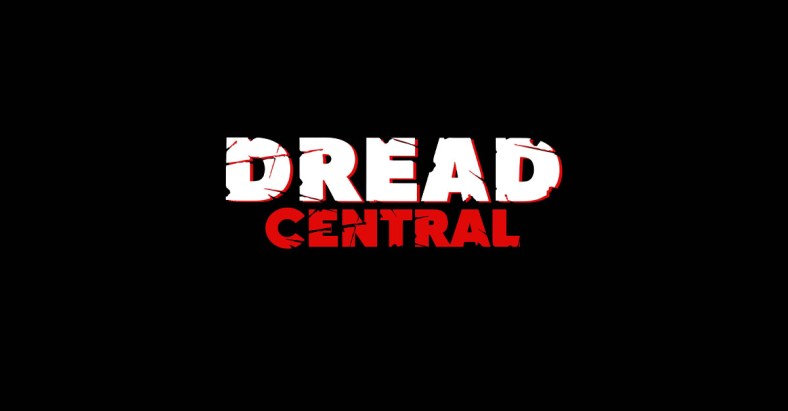
While this is not a great a scene, where it is placed, the dialogue referencing the two times before Laurie saw The Shape staring at her, and the camera staying with her as she sings her song from that previous scene – Carpenter is emphasizing that Laurie is the main target here. Furthermore, in his screenplay for Halloween II he wrote a dream sequence for Laurie as she sleeps in Haddonfield Memorial Hospital. These flashbacks of previously repressed memories depict Laurie was a little girl listening to her adopted mother telling her she is not her real mother and when Laurie meets Michael Myers as a young boy in Smith’s Grove when her real parents took her there to visit him.

This idea for the sister revelation is so unnecessary though and there is no excuse for it even if John Carpenter was up to 2 o’clock in the morning with a six-pack of beer and it was the only idea he could think of because it is an idea he did not have to use at all. He does not do justice to his own creation. In a scene in Halloween II, Michael bumps into a teenager carrying a boombox on his shoulder and he hears on a news report that Laurie has been taken to the hospital. This is a good enough motivation – when Myers hears this, he goes to finish the job to kill the one who got away just because he wants to. Giving reasoning for the antagonist’s motivation goes against the first movie’s elements that make it so unique, and it makes The Shape seem less aloof, destroying the character’s mystique.
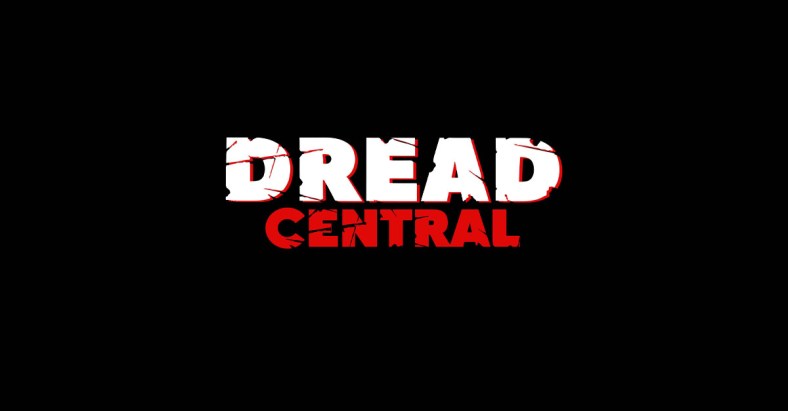
Because of the franchise that grew from the original’s success, it is hard for many to separate it from the sequels. Due to these additional installments, it is easy for them to misinterpret its ingenious ambiguous ending that has been set up right from the outset. Over the course of the proceedings, the late, great genre veteran Donald Pleasence as the unhinged Loomis constantly warns the other characters of the extreme danger Michael Myers is. Smith’s Grove officials and Haddonfield’s Sheriff Brackett believe none of it. Given sublime dialogue, the actor delivers highly memorable monologues about how Michael is pure evil and the devil incarnate. Pleasence is strong in his conviction as Loomis, who believes Myers is something other than a man, and this serves as an effective narrative device to help turn him into more than just another maniac killer on the loose. This also perfectly supplements young Tommy Doyle believing the Boogeyman is coming for him this Halloween night as The Shape realizes his belief.
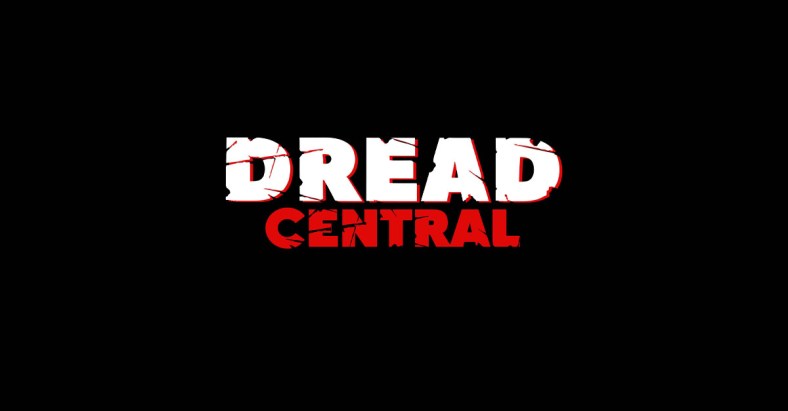
To enhance all this is Dean Cundey’s superior cinematography. Carpenter has Cundey shoot Michael Myers on the fringes of the frame existing as an enigma. Is Laurie seeing him or not? We actually start to believe this unstoppable killing machine although born of the world is not part of it.

We now come to the first film’s final moments. After Loomis fires six shots into Michael, he falls from the balcony of the Doyles’ house, and we get a lingering long shot of his supposedly dead body laid out on the ground of the front lawn. Laurie then asks, “Was it the Boogeyman?” Loomis replies, “As a matter of fact, it was.” He then looks down to see Myers has disappeared and his expression is of shock but when he looks back up, his expression changes to an expected look as if he knew this was going to happen. The camera then goes to a montage of shots showing everywhere The Shape has been throughout the night, accompanied by the sound of his heavy breathing behind the mask, and the closing shot is of the Myers house. He is still out there and could be in any of these places.
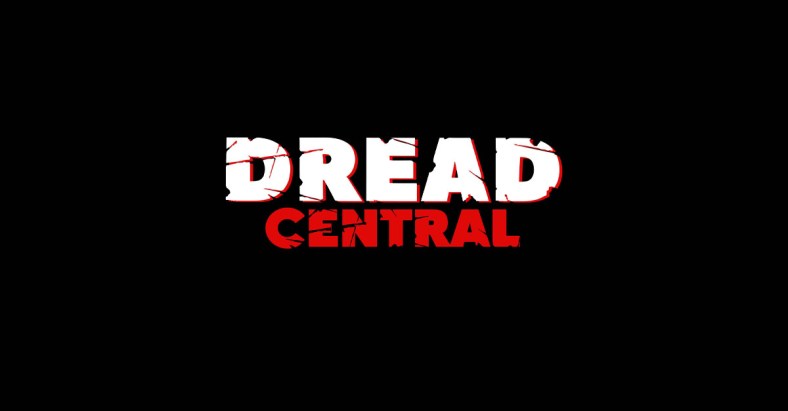
This is a representation of no matter what we do, we cannot kill evil and it keeps coming back. Michael Myers is the embodiment of this – the personification of evil that will not stay down. Michael’s mask itself represents pure evil. It is subtle in its image of evil as you read into it as to what it signifies and is much like how Loomis describes Myers “…blank, pale, emotionless.” This all contributes to a supernatural theme that The Shape is an ominous force of nature.

This climax is left open-ended to leave it up to the audience to interpret what Michael Myers really is and is not the gateway for a sequel. However, moviemaking being a business and the purpose of business being to make money, we got one anyway…
NEXT – PART 2: THE COMPANION PIECE

Categorized:Editorials News Retrospectives

